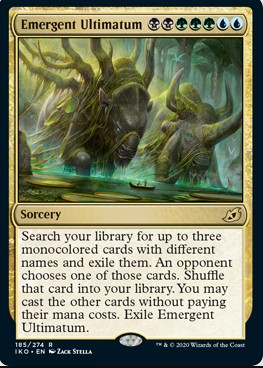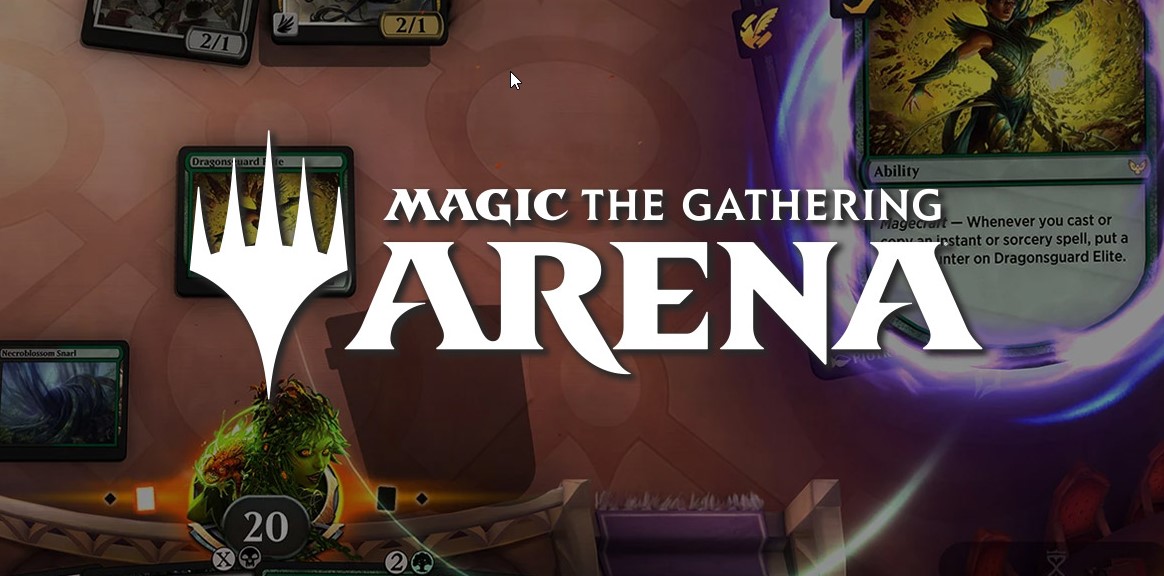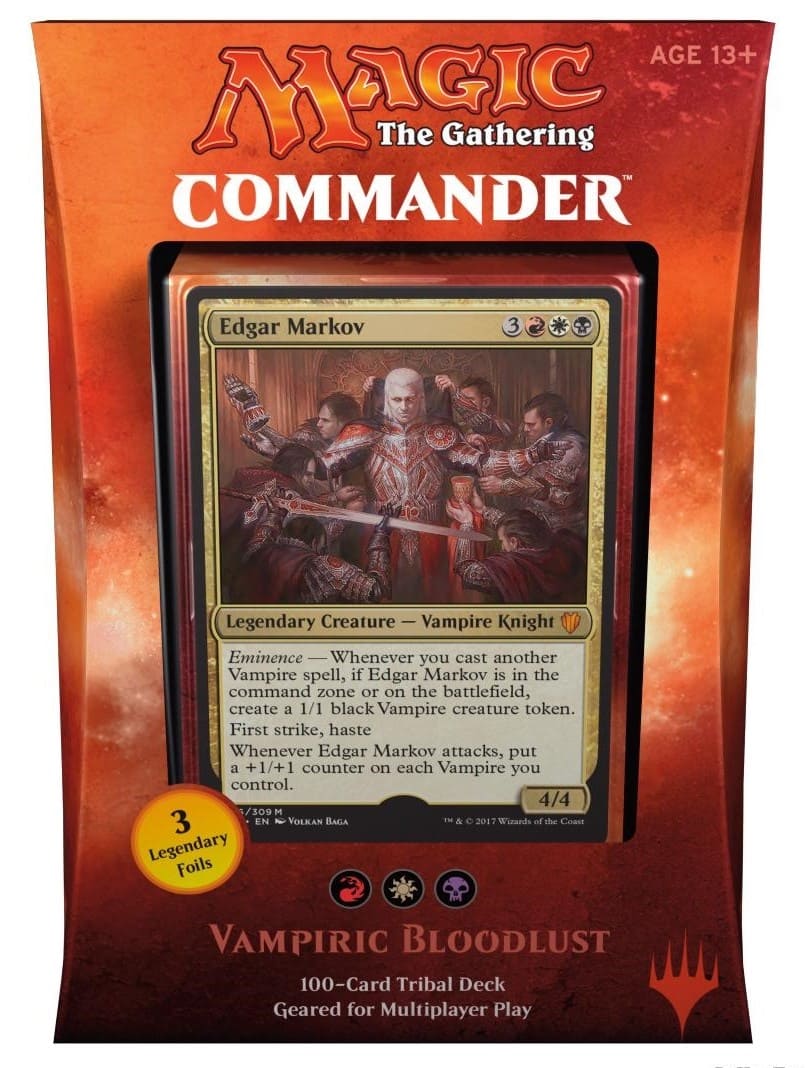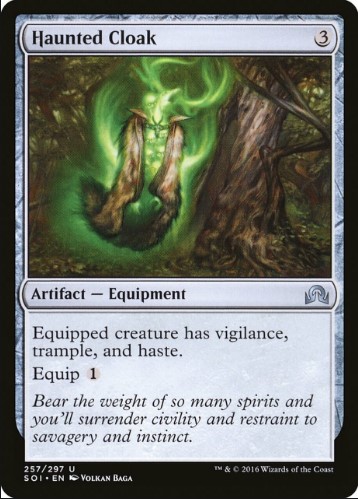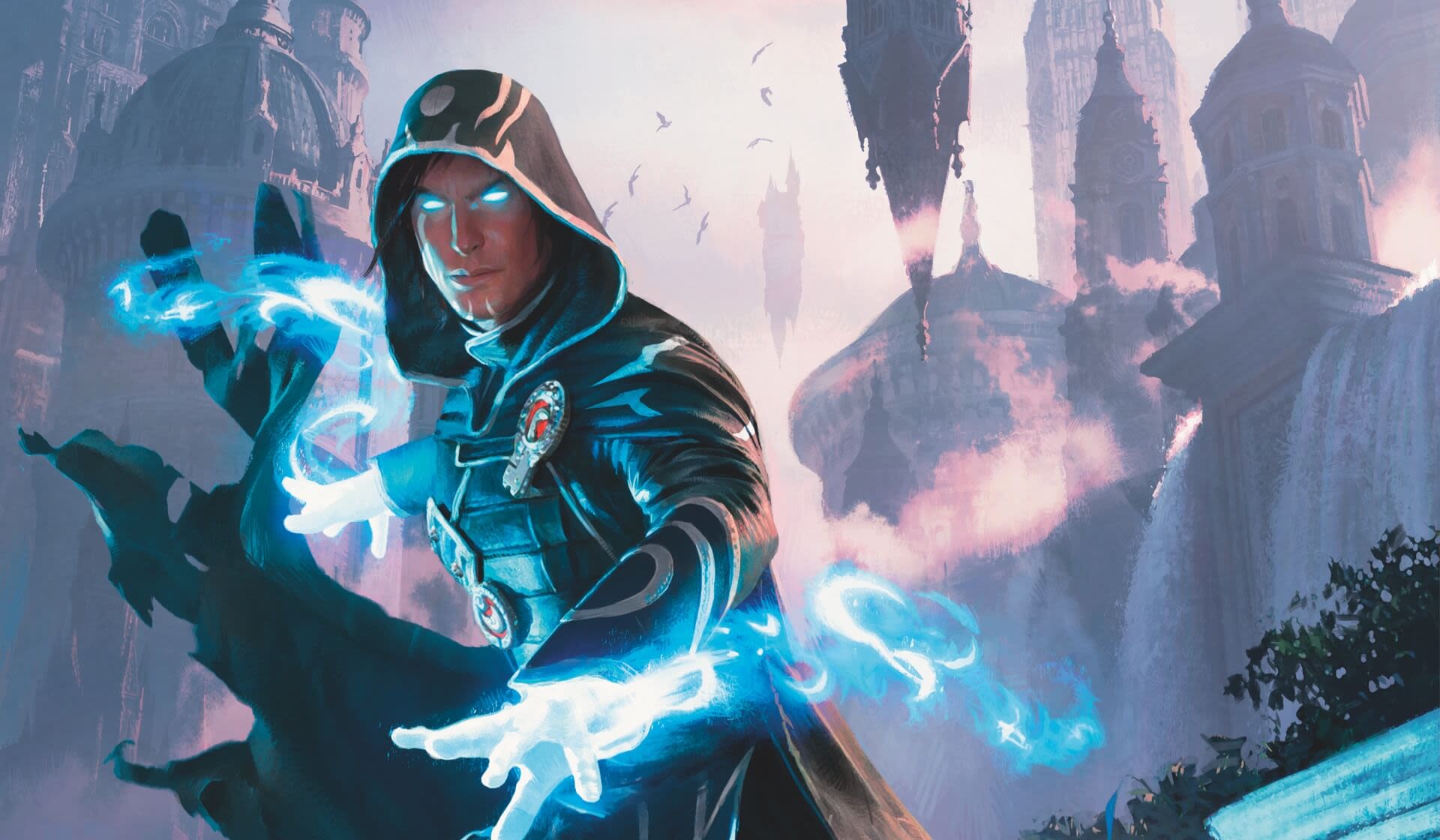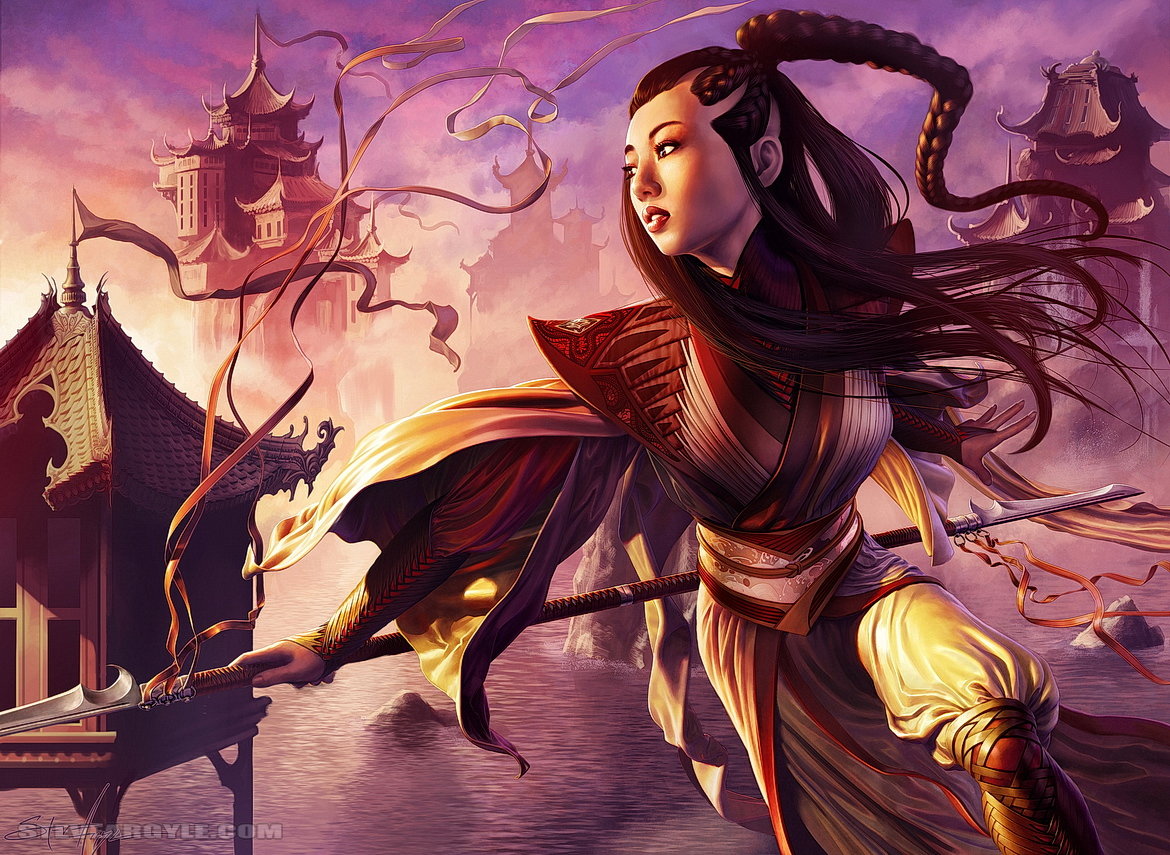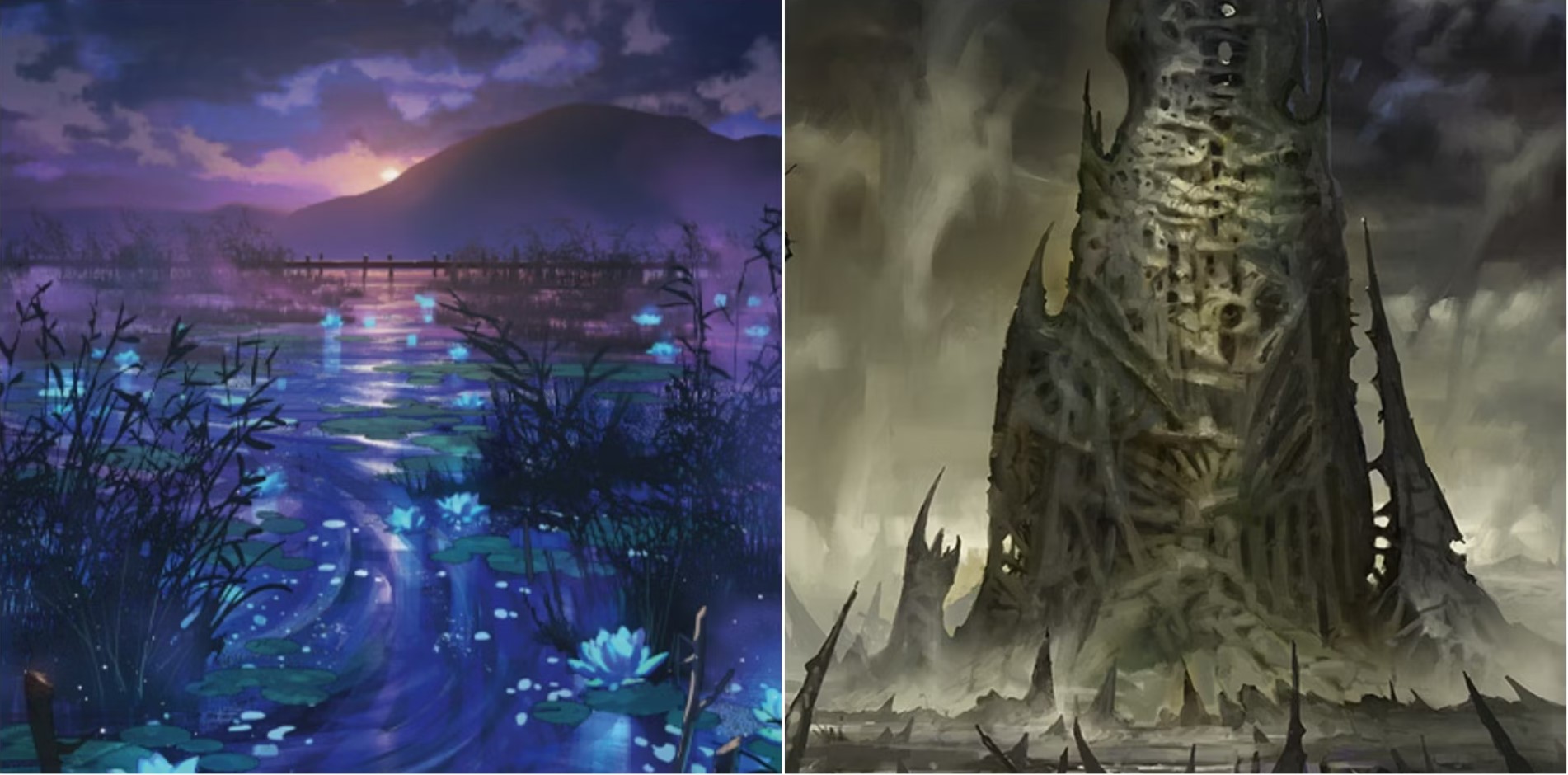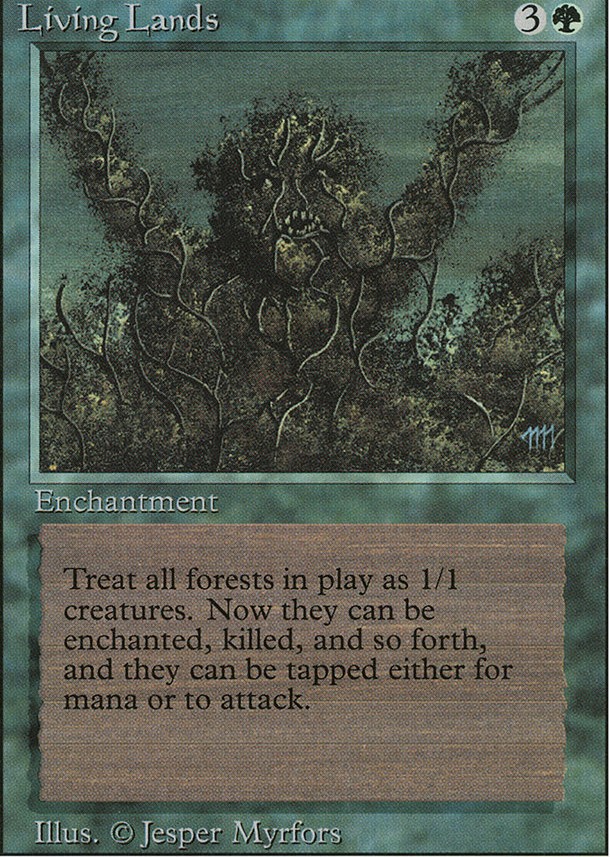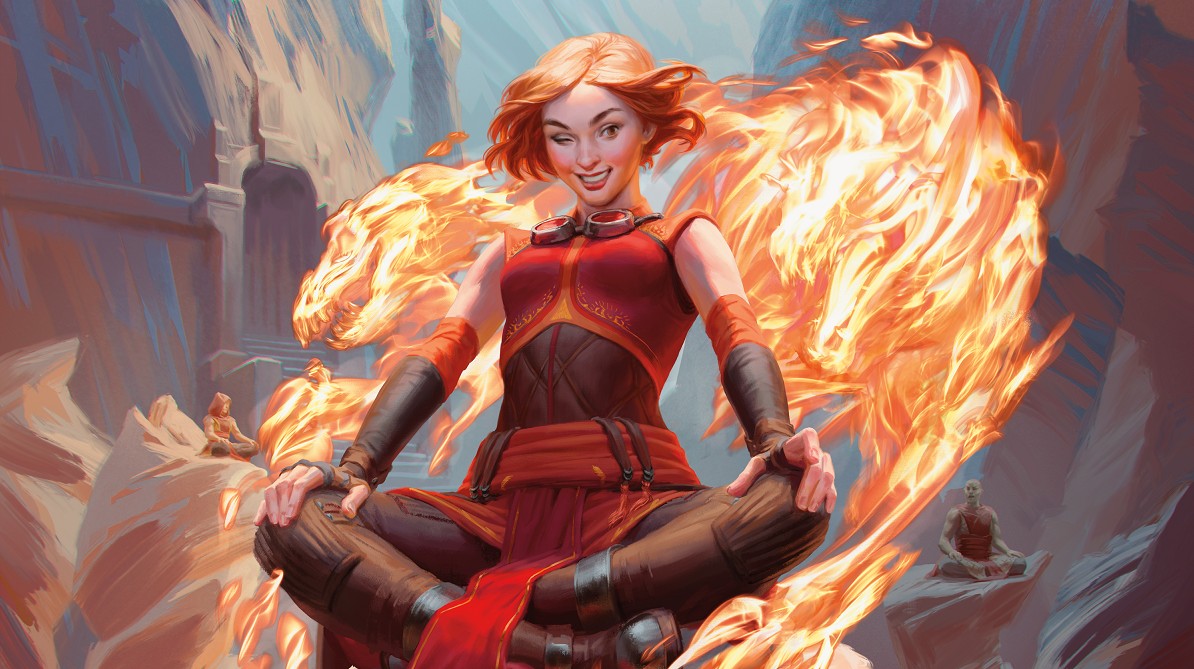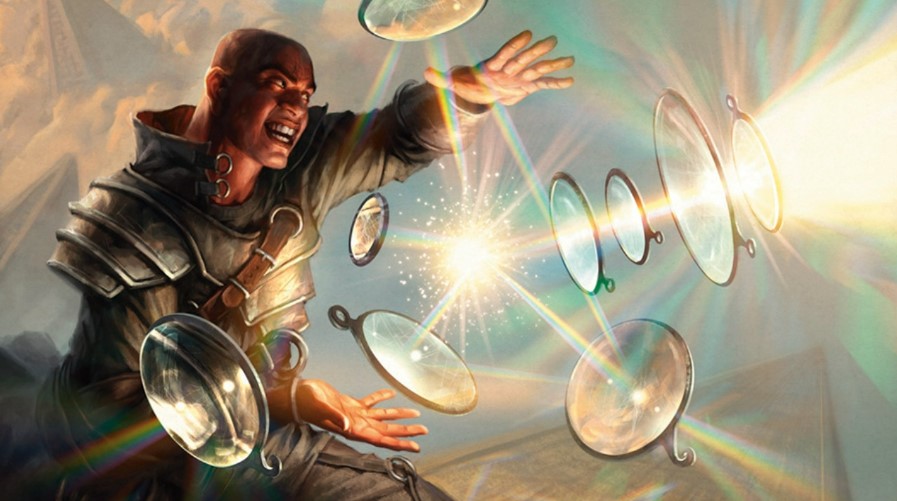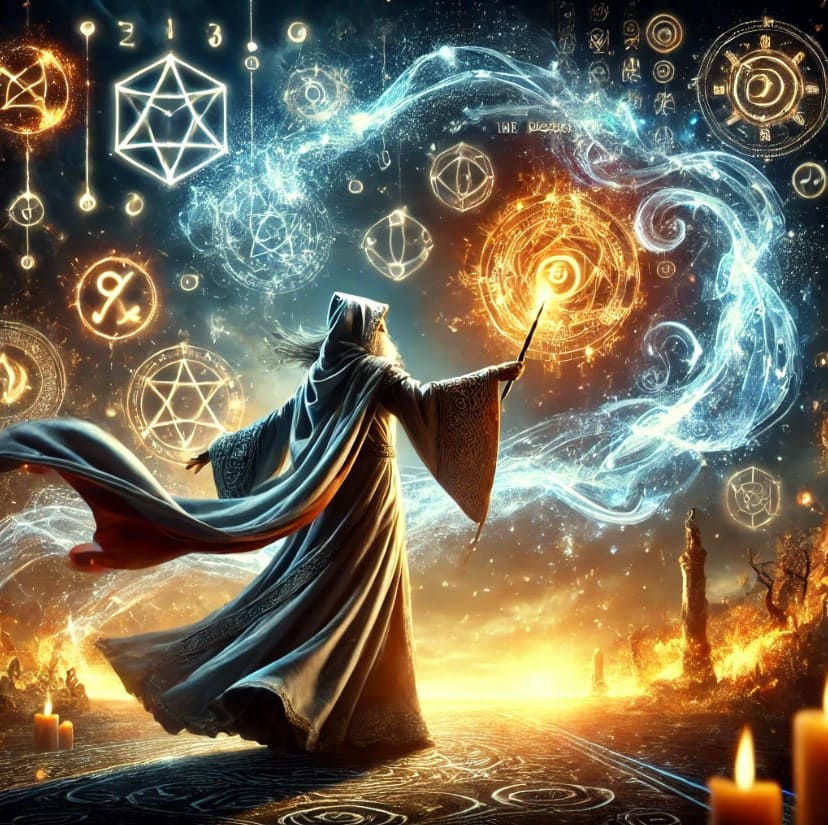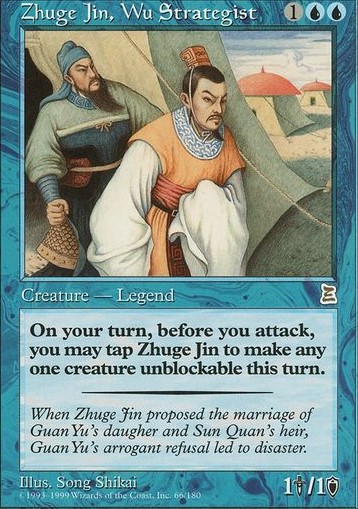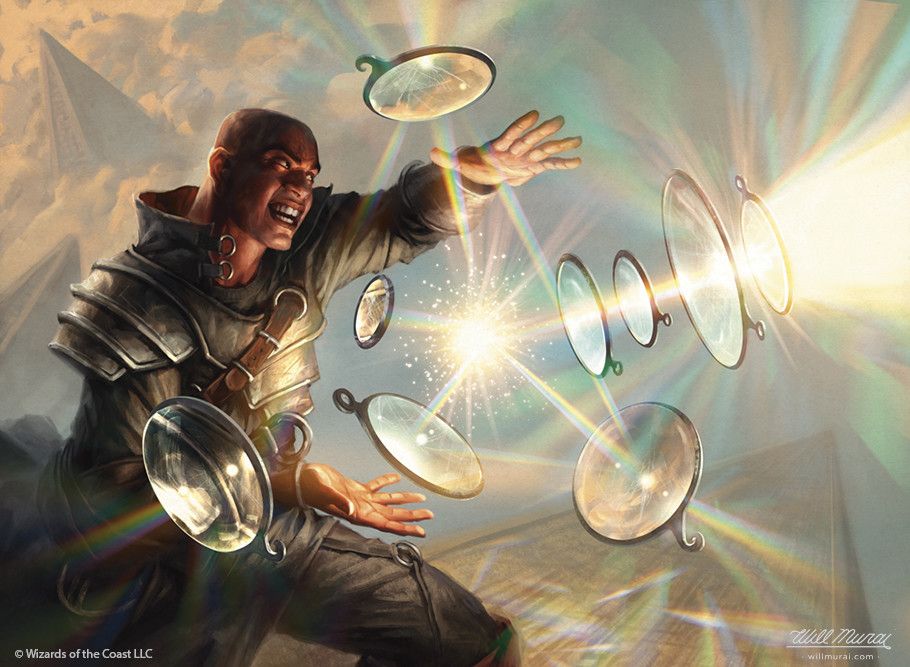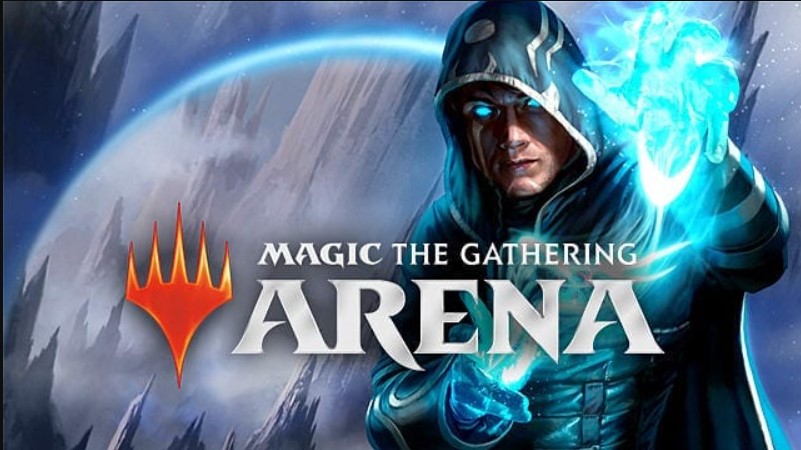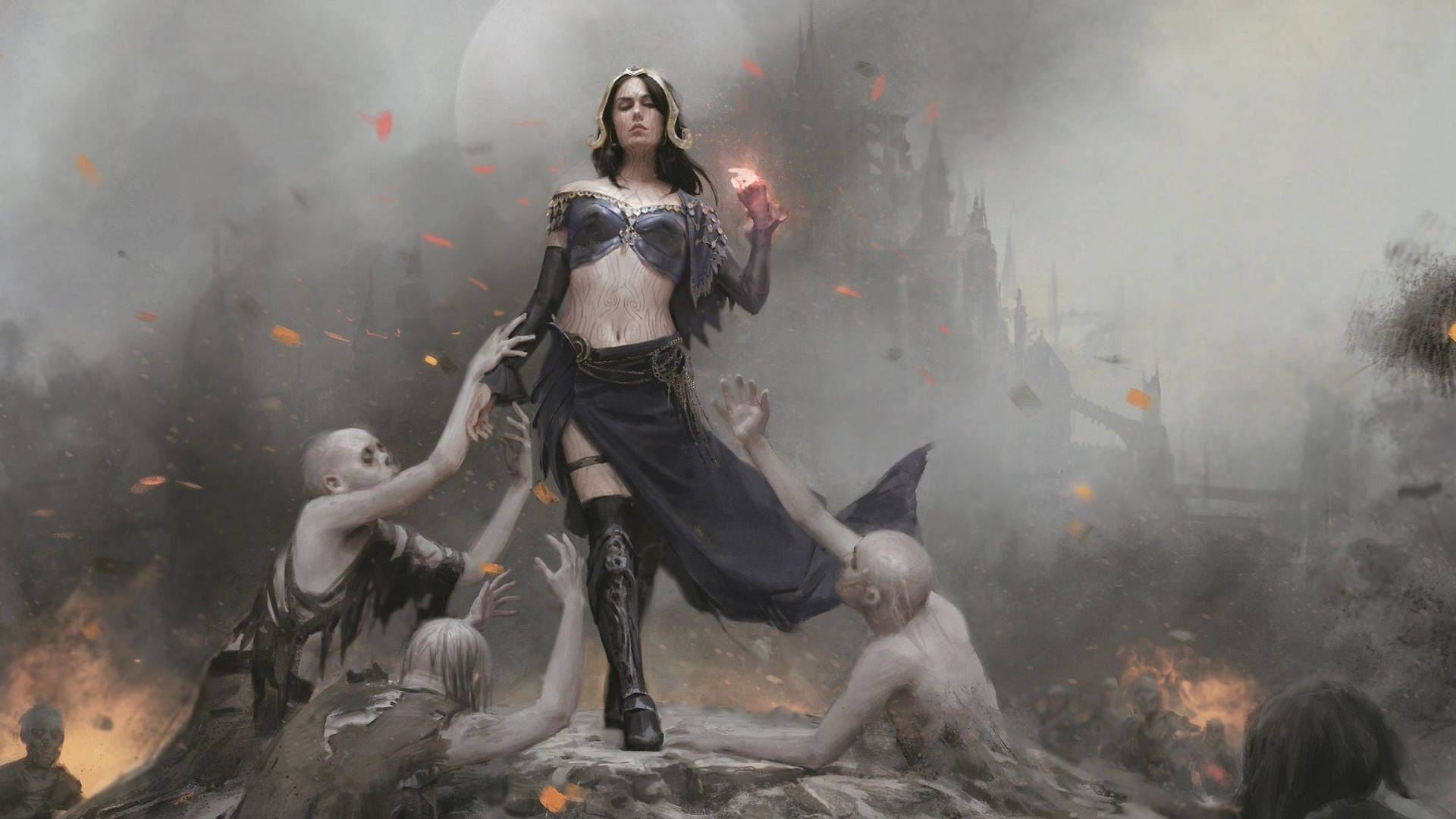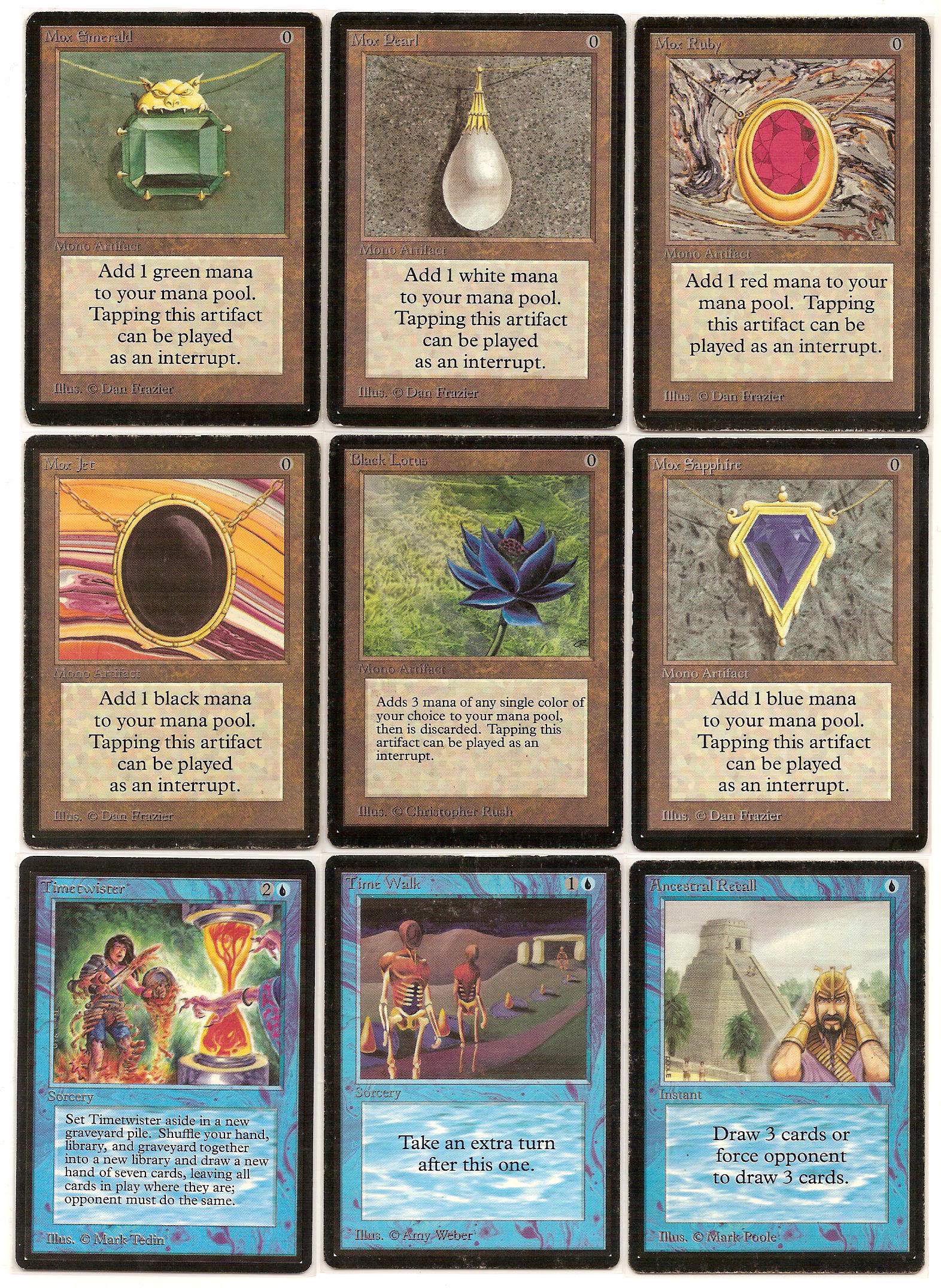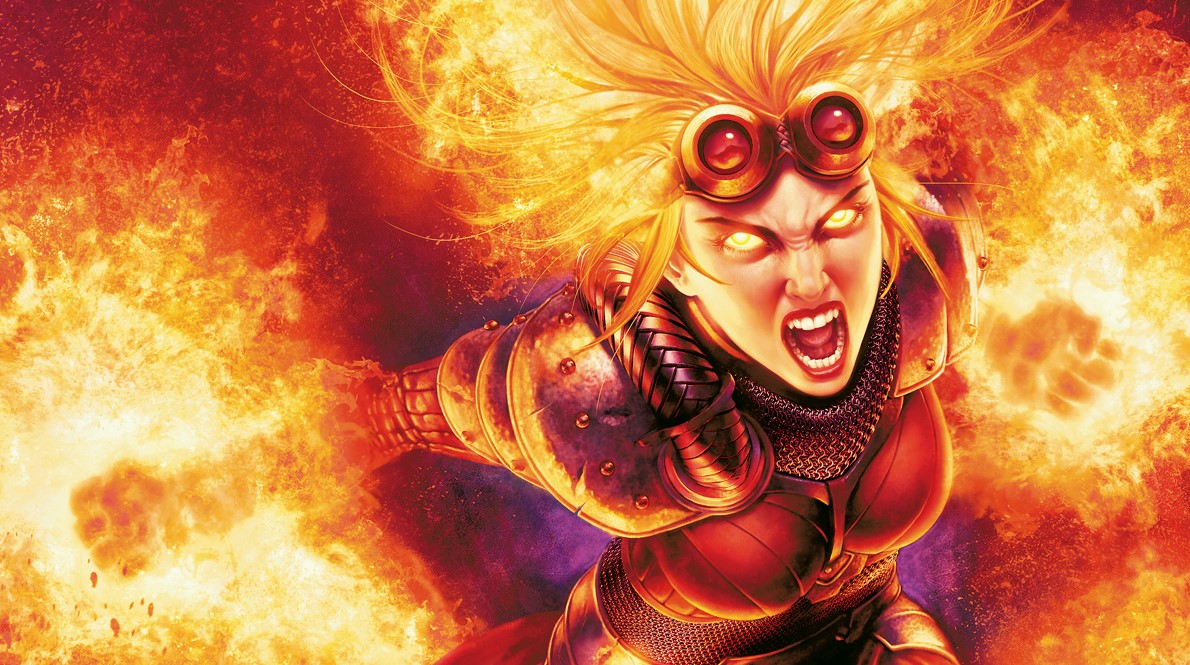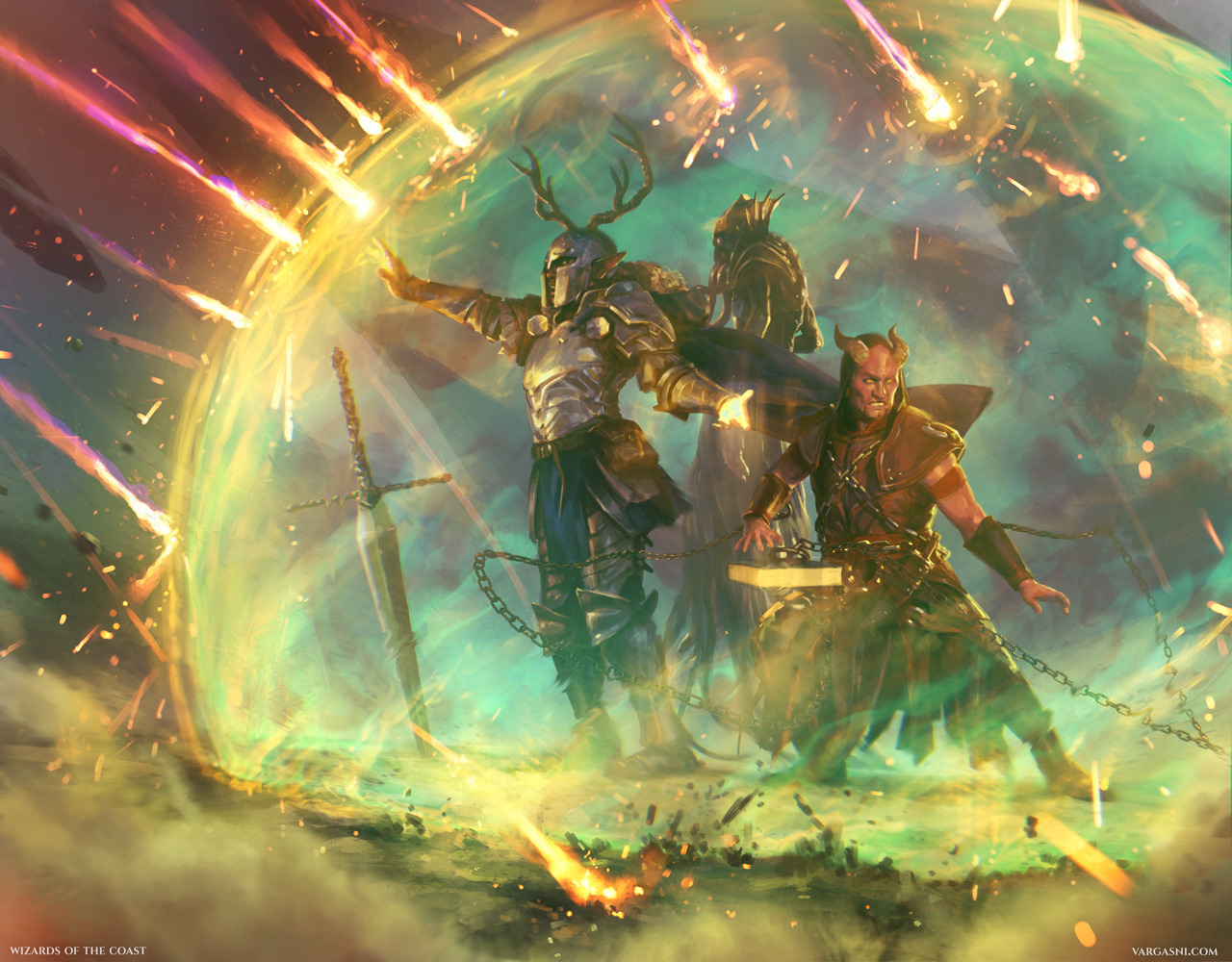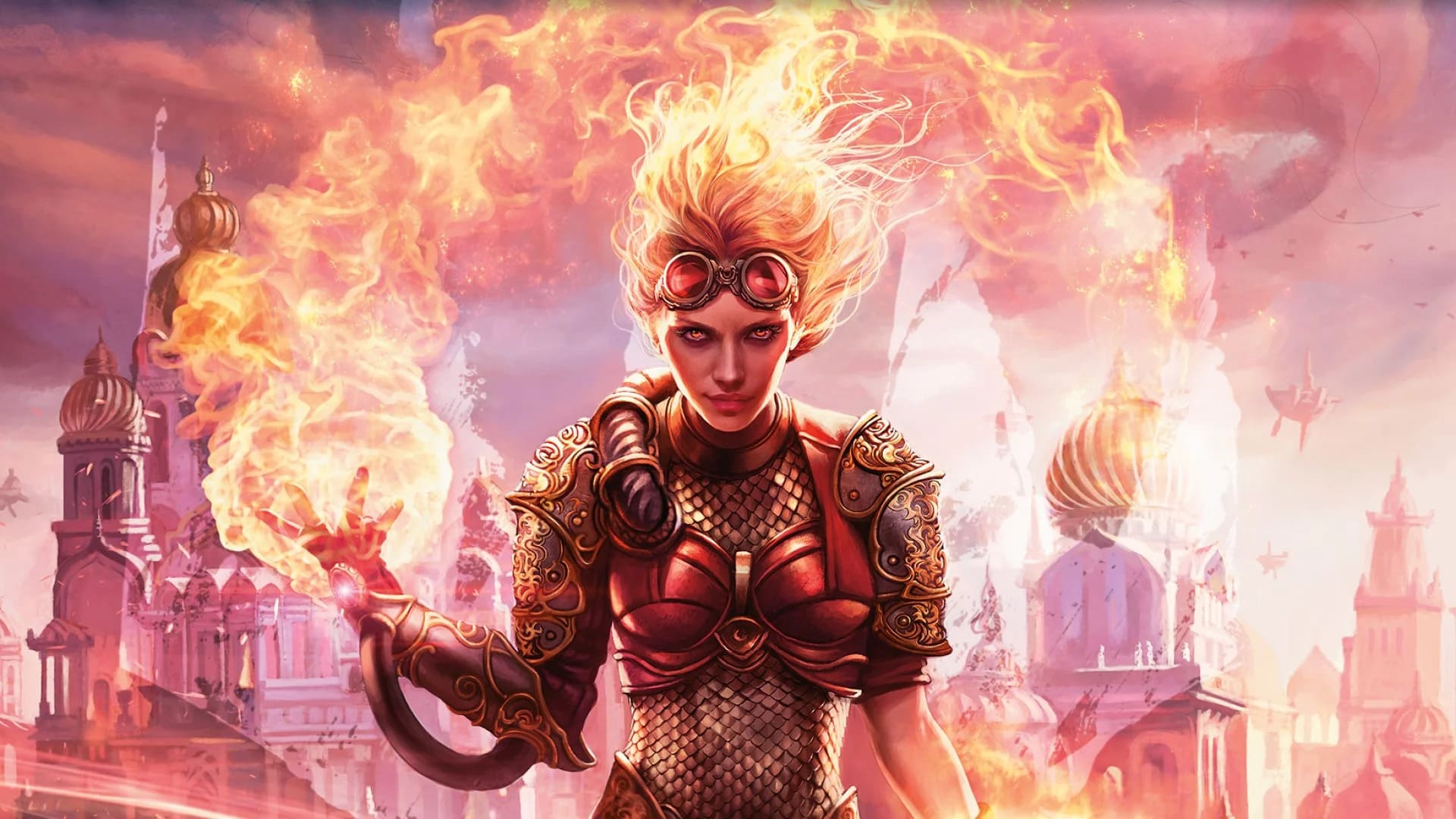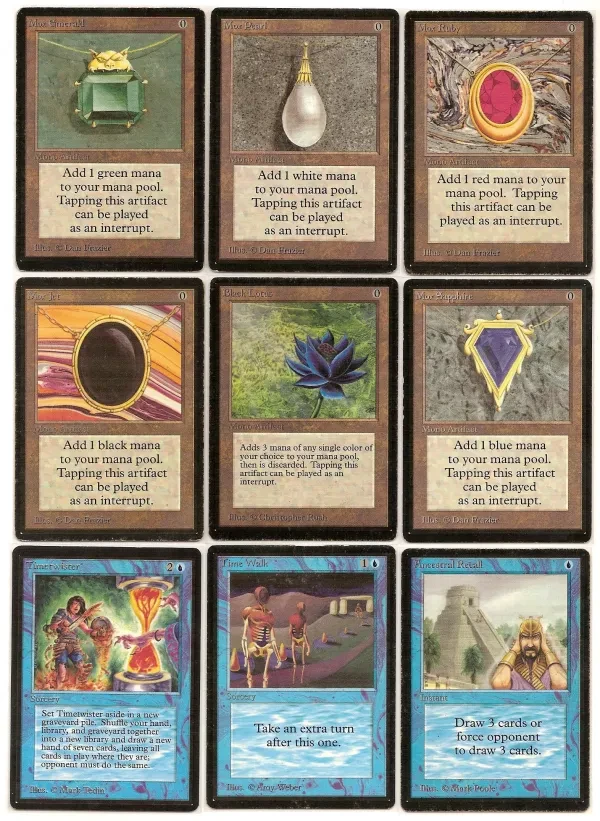
The rarest, most sought after Magic cards of the past command astounding prices.
When Magic came to gaming in 1993 no one would have predicted it’s meteoric success. It became an international sensation, with the demand for new cards never satisfied for long. As new cards are printed and old ones slip into legend, prices change. Older cards in demand command the highest prices in magic as they are at the pinnacle of rarity.
The 15 most expensive magic cards are from the Alpha set, with two exceptions. Volcanic Island, the island-mountain which was to be printed in Alpha, was accidentally left out of the print sheet. As such it’s listed price is from Beta, the earliest available printing. The Tabernacle at Pendrell Vale is from the Legends expansion.
Most of these cards are also members of the power nine. The nine most powerful relics of Magic’s past. These include the five Moxen, Timetwister, Time Walk, Ancestral Recall and Black Lotus.
The prices listed here are fair market prices that assume a card of good quality traded in an open market. A card is valued for demand, supply, and then condition.\
15. The Tabernacle at Pendrell Vale (Legends)
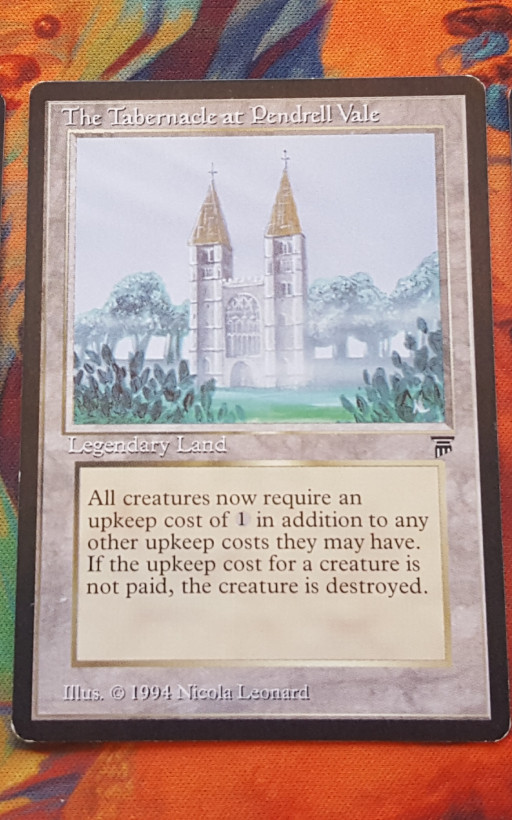
Tabernacle is primarily used in Lands, an archetype of decks that wins with lands and support spells.
Most Magic games involve creatures staying out for multiple turns and attacking. Paying to keep those creatures alive makes you have to choose between keeping your boardstate and developing it further. This puts you at half-pace with your opponent. Getting stuck in this trap is exactly how to lose a game of Magic.
In magic there are questions and answers, you win with questions and you save yourself with answers. There are few questions as hard to answer as Tabernacle, and it is in an answer to many questions. Many control decks could find no better way to control the board. However, its early place in the history of the game and land subtype demand a high price - $2,000 for a near-mint copy. If you can find one.
14. Timetwister (Alpha)
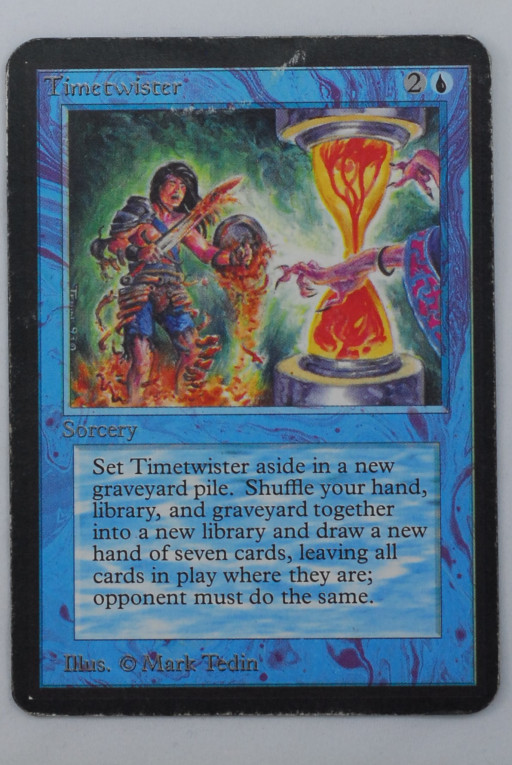
This card is a staple in Vintage decks where it is used to replay a graveyard full of cheap spells.
Timetwister may very well be the wonkiest card in magic. For three mana you can have a soft-reset of the game. Like most of the cards on this list, Timetwister is banned in the Legacy format and restricted in Vintage. Legacy is the format with the largest card pool and the most fairness. Vintage is the format or everything Wizards will let you play with.
Timetwister too easily enables players to empty their hands using “fast-mana” affects. With cards like Black Lotus, you can Timetwister until you win. This kind of degenerate strategy isn’t suitable for repeat play, hence the banning and restriction. If you want to grab a copy and play in Vintage, it would cost you $2,575 for an Alpha printing in near mint condition.
13. Volcanic Island (Beta)

Volcanic Island is used by a variety of decks in a number of formats. These strategies usually use rely on the synergistic qualities of Blue and Red, as well as the inclusion of other colors.
There is an expression that Magic has borrowed: “Location, Location, Location!”. It’s a game that comes down to the quality of your real estate. Mana is a fundamental resource and easy flexibility in your choices is power. Originally left out of Alpha by mistake, Volc was included in the Beta printing of the game.
Once called one of the biggest mistakes in magic, easy mana fixing poses a lot of design problems for the game. They quite simply don’t print them like they used to. Volcanic Island bends the intended play space of the game by making color strategies easy. Blue and Red are particularly powerful colors, enabling a variety of archetypes. So if you want to summon a few powerful creatures and hurl a flurry of spells, you can try to do it in style with a Beta Volca - valued at $3,500 near mint.
12. Mox Emerald (Alpha)
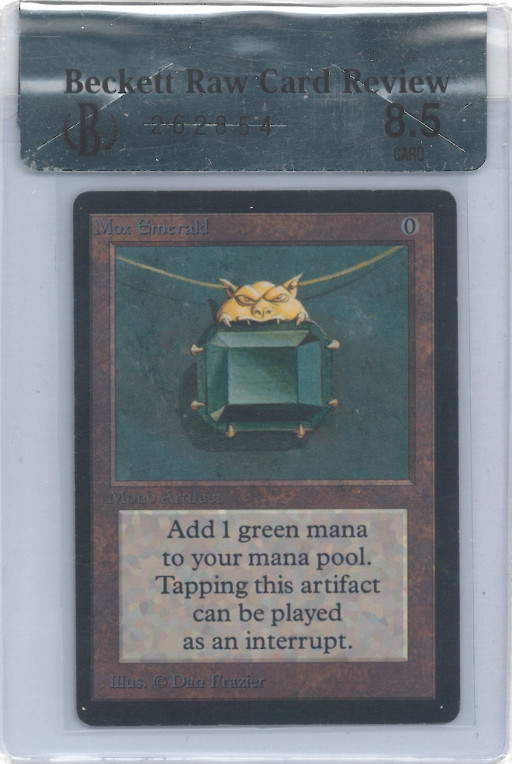
Mox Emerald gives you a second mana on turn one for free, enabling plays your opponent can't deal with.
Few words are as associated with power in Magic as the word “Mox”. The term for a small, free artifact that produces some sort of mana. The older versions offered no drawback for mana of a specific color. Newer versions come at a higher cost in terms of resources but have more flexibility in production. These older versions are so good, however, that decks will often run them off-color just for the acceleration. Green mana can be used to pay generic costs, after all.
Vintage is the only format in which Moxen are legal, and they are restricted to one copy. A blue and black deck might run one of each of the original Moxen just to have more free mana. If you’re looking to ramp out a fatty with style, an Alpha Emerald will run you about $3,550 NM.
11. Mox Pearl (Alpha)
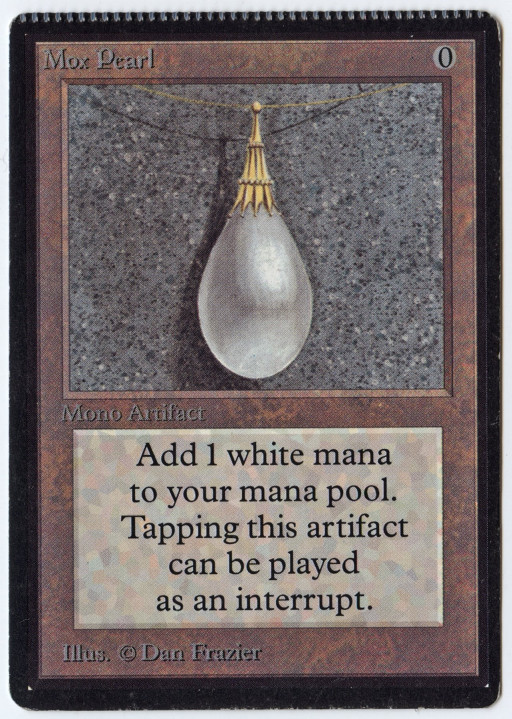
This Mox Pearl is crimped at the top due to an error at the press. While it can't be played in a tournament as it's marked, it commands a premiums from collectors of misprints and oddities.
The white moxen is usually used in one of three scenarios. Mono-white weenies, wherein it is a huge accelerant that can double the power of your first turns. In green-white where your goal is to disrupt your opponent’s strategy. Or it is simply used to make one more mana at no cost.
Many decks play an off-color white mox for a bump in power. If you are playing a blue-black deck, consider how advantageous it would be to go from having two moxen to five. Then add a Black Lotus, Sol Ring, and Grim Monolith and you’re looking at 8 incredible accelerants in a 60 card deck. Going all in on a strategy like that could start with a $3,600 NM Mox Pearl from Alpha.
10. Tropical Island (Alpha)
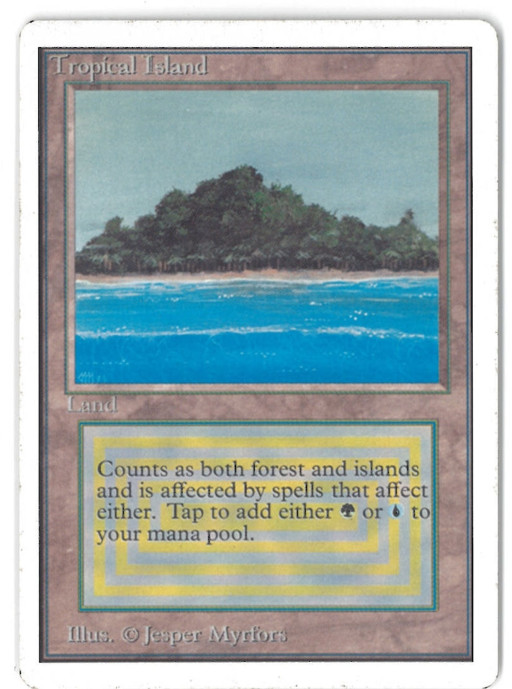
Tropical Island sees play in decks like Delver, Nic Fit, Oath and Merfolk.
Blue-Green is a color combination shrouded in mystery. At times they seem like opposites and other times they seem like natural complements. What is certain, though, is that Tropical Island can produce either of these colors of mana. This makes is invaluable, as there are some strategies that can only work with these two colors.
Decks that approach the game from unique angles, like Infect or aggro-control, often rely on the powers blue and green provide. You get access to card draw and counterspells from blue. These protect your aggressively-costed and evasive threats. Chip away at your opponent's life total while you tell them ‘no’, with a $3,700 NM Alpha Trop.
9. Tundra (Alpha)
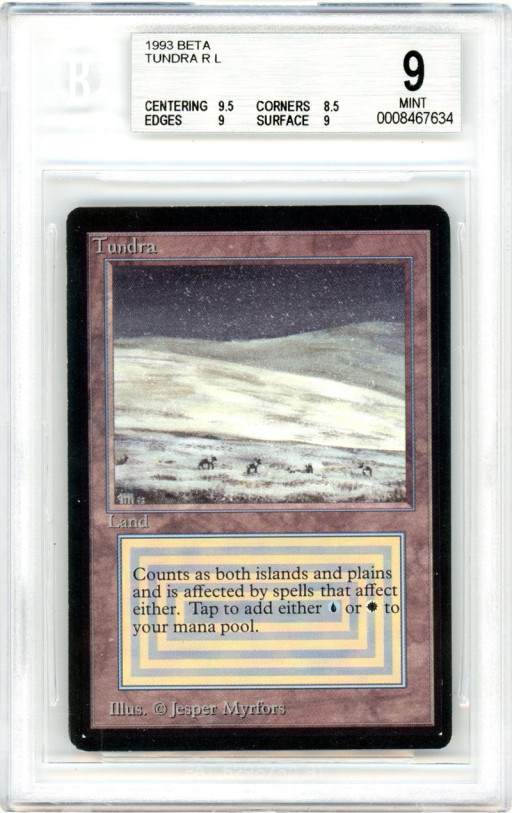
Tundra has been a favorite of control decks since Magic begab. Miracles may be the most infamous of these decks as of late.
The second most feared card in magic is Tundra. Blue-White has long been seen as the cornerstone of a very particular type of control deck: draw-go. Draw-go decks seek to draw a card, play a land and pass the turn. They want to lie in wait to see what you do. They do this to make sure every time they answer a question they do so efficiently, and ideally before you get to do anything or have a say in the matter.
From Miracles to Stoneblade, these colors afford flexible threats backed with board wipes, removal, and counterspells - an answer for every situation you could imagine. Wizards has toned-down how they enable this archetype. Many players find it unfun and, well, controlling. If you want to test your mind and see if you can outwit, consider buying an Alpha Tundra for $3,999.99
8. Ancestral Recall (Alpha)

Ancestral Recall can be used to get hugely ahead of your opponent or by making them draw their last cards. If your opponent were to draw a card but can't, they lose the game instead.
The secret best card in magic. It’s hard to imagine, but there was a time when the value of drawing cards was unknown. Every player learns that drawing cards the most fun, but not all learn that it is the most important part of the game. How many cards you have represents how many options there are available to you.
How many games have you lost because you didn’t have the lands you needed? The cards in hand? That creature or removal spell that would have clinched it? A lot I’m sure. Imagine getting three more for only one blue mana. Whenever you would like. Sounds too good to be true, right? A twentieth of your library, 5%, for one blue mana. Turn one. Sign-ups are $4,650, NM, Alpha printing.
7. Mox Ruby (Alpha)

Mox Ruby can be used in many classic combos. You can use this to pay for the fireball in a Channel-Fireball.
Mox Ruby feels like a Mox apart from Emerald and Pearl. It’s a zero-mana artifact that can help cast (more) Lightning Bolts or a Wheel of Fortune on turn one. It’s an artifact that fits well into its color identity. One red mana just means a lot more than one mana of any other color.
There are so many wonderful one mana red spells in a color that cares about cheap artifacts, that this might be my favorite mox. There are too many applications of Mox Ruby to list. From goblins to combo to burn, sometimes all you need is a little more oomph. Oomph costs approximately $4,699.99, Alpha printing.
6. Mox Jet (Alpha)
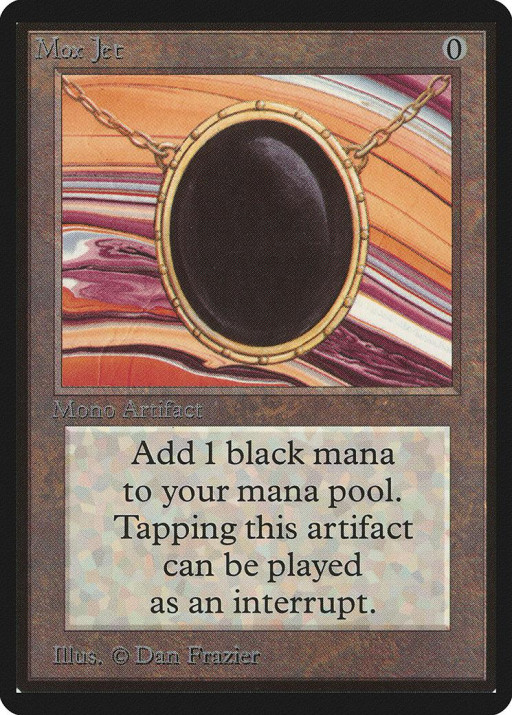
You can use this to pay for a critical turn-one tutor on the play. Or fuel a devestating Mind Twist.
Have you ever wanted to draw whatever you wanted, when you wanted? All it would take is a Mox Jet, a swamp and one other card. Any of a number of other cards: Vampiric Tutor, Demonic Tutor, Imperial Seal. Mox Jet is a staple in vintage control and combo. Very few cards enable combos quite the same. From unstoppable storm decks to the most controlling forms of STAX, Jet has been the cornerstone of legend after legend. A testament to your devotion to Black, Mox Jet (NM Alpha) could run you as much as $4,699.99.
5. Chaos Orb (Alpha)

Chaos Orb is so infamous they made mockery of it in an (un)official set. Chaos Confetti reads just like Chaos Orb, only you turn it into confetti first.
Chaos Orb is an amazing part of Magic history. The urban legend goes that one crafty spell-slinger won a no-win game with this card. He understood the rules such that the chaos orb just has to touch the cards. So he tore it up, and dropped it down, and decimated his unwitting opponent. Jaws were dropped, minds were blown and a game was redefined.
Wizards has since banned this card and any card that involves manual dexterity. They also ceased designing cards that involved physical space and the notion of a “game board”. The ban hasn’t stopped collectors from pursuing this iconic piece of history. You can’t help but wonder how many torn copies it took to drive the price up. You too could make Chaos Confetti, from an NM Alpha Chaos Orb, for only $4,999.99.
4. Timewalk (Alpha)
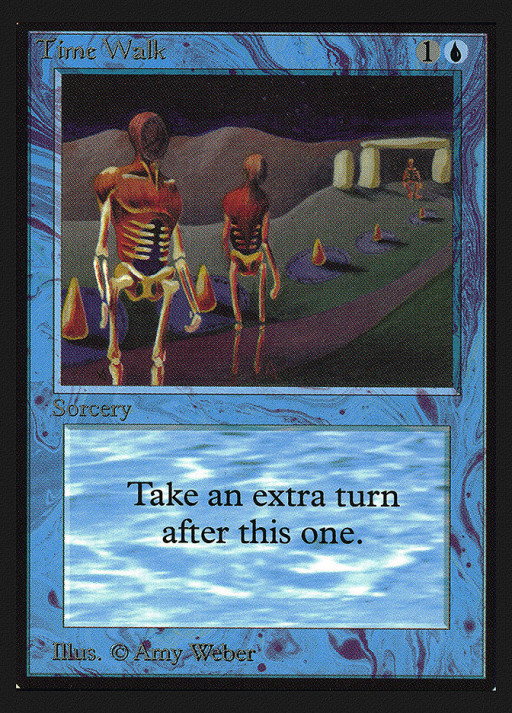
Time Walk is so powerful that he next cheapest effect that duplicates it is five mana.
A card so powerful the community named an effect after it. Taking an extra turn or simulating the effects thereof is referred to as a Timewalk. That’s an extra card, an extra land drop, an extra untap step and an extra attack step, all for two mana.
The possibilities for one turn are nearly limitless in the highest levels of Magic. Can you imagine what can happen in two? The types of wins you could guarantee if only you had the next turn. Or what might happen if that Timetwister would refresh that Timewalk so you could fetch it and take yet another turn? Alpha Timewalk is valued at roughly $5,799.99, NM.
3. Mox Sapphire (Alpha)
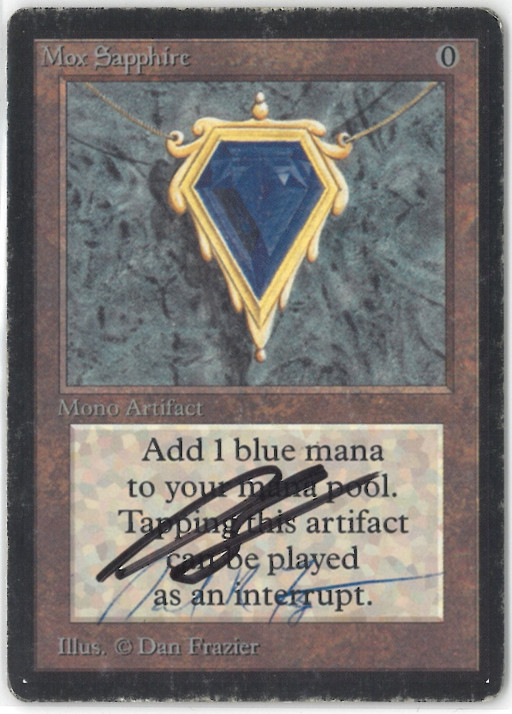
You can play this, a land, and an Ancestral vision on your first turn to start the game with 7 cards and one mana.
Some say that the steady blue mana provided by Mox Sapphire makes it better than Black Lotus. Those people have a point, but they’ve never had a Black Lotus brought back against them over and over again. Blue mana is the best mana, however, and getting a free island on turn one is no small boon.
A lot of the “best opening hands” in magic feature both cards and it’s easy to see how you could win on turn one. You can’t win on turn zero without it, either. Nor could you cast an Ancestral Recall on turn one, or a Brainstorm with fetch mana up. Nothing says “consistency” like free blue mana. One Alpha Mox Sapphire will cost you about $7,299.99, Near Mint.
2. Underground Sea (Alpha)

Blue and Black decks are a sweet spot for combo, control and more recently aggro.
There may be no more feared card in all of magic. You see it come down and you have no idea what you are playing against, save that it will be ruthless. Reanimator, Storm, Stoneblade, STAX, Tezzerator, Delver, Lands and countless other decks all rely on Seas and can kill you faster than you can stabilize. There might be no better combination of colors for control or combo than blue and black. It draws you cards and it draws you what you need.
Black can do just about everything and blue makes everything happen better, in theory anyway. This also makes it the soundest real estate investment in magic. The high price is indicative of the number of decks in which it is played, hinting at its demand and stability. The most expensive dual land, an Alpha Underground Sea goes for $8,499.99 near mint.
1. Black Lotus (Alpha)

Black Lotus is a lot all at once. Some decks endeavor to reccur it from the graveyard, functionally keeping them turns ahead of their opponent.
The most iconic Magic Card. The most powerful Magic Card. The crown jewel of the power nine. The card that could be traded for a house, or several cars, anyway. This card takes you three turns into the future. Combine it with a Mox or two and you could be casting your entire hand on turn one.
Storm decks might use this, a mox, and a card draw engine to play out a dozen spells in a turn to win the game. If you don’t want to combo you can play a serious threat like Jace, the Mind Sculptor on turn one. A turn one black lotus can win you the game even in the slowest of decks, giving late-game plays early life.
While all Lotuses are collectors items, the prices vary widely. The early printing process at wizards had a lot more variability involved. Cards can gain and lose value based on the quality of the printing job, not just wear. While an NM Black Lotus from Alpha will run you $18,000, Lotuses have been sold for tens of thousands of dollars if they are graded high enough. A gem 10 lotus, the highest grading, was bought at auction for $100,000 and is for sale again for $125,000.
You might also be interested in:


